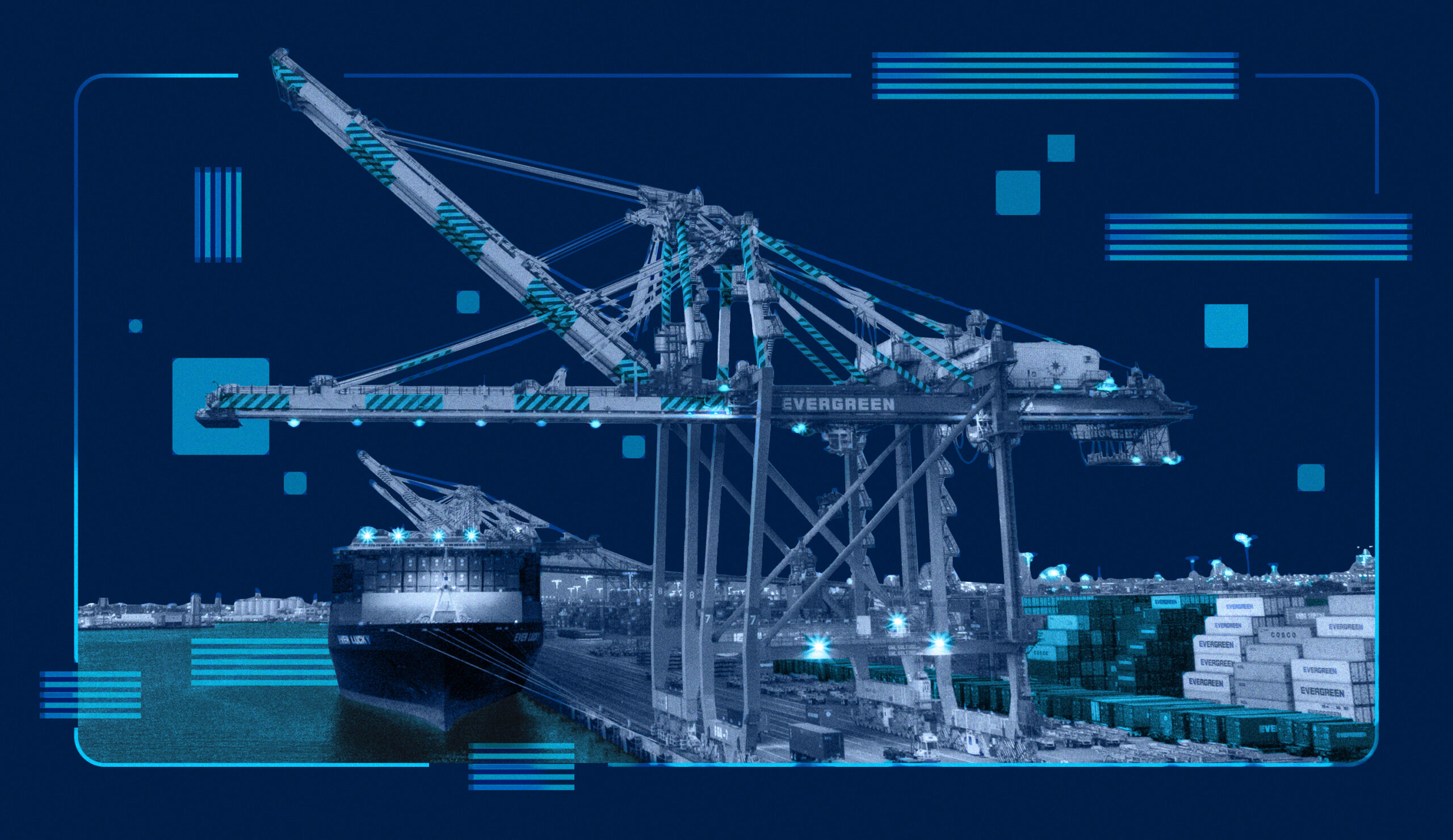
The Growing Threat of Maritime Cybersecurity in Australia and the Indo-Pacific
In today’s interconnected world, the maritime industry is more vulnerable than ever to cyber threats. Ports, vessels, and offshore facilities are increasingly reliant on digital systems to manage operations, making them prime targets for cybercriminals. In Australia and the broader Indo-Pacific region, the rise of sophisticated cyberattacks on maritime infrastructure poses a significant threat to national security, trade, and economic stability.
Why Maritime Cybersecurity Matters
Maritime transport is the backbone of global trade, with 90% of the world’s goods transported by sea. In Australia, ports handle millions of tonnes of cargo annually, contributing billions to the national economy. Any disruption—whether caused by a cyberattack on port management systems, vessel navigation, or supply chain logistics—can have catastrophic consequences.
Unlike traditional cybersecurity risks faced by corporations, maritime cyber threats extend beyond financial loss. A cyberattack on a vessel’s navigation system could result in accidents, loss of cargo, environmental disasters, or even geopolitical conflicts. Ports and shipping companies must take proactive steps to mitigate these risks and ensure operational resilience.

The Key Cyber Threats Facing the Maritime Industry
1. GPS and Navigation System Interference
Many modern vessels rely on GPS, Electronic Chart Display and Information Systems (ECDIS), and Automatic Identification Systems (AIS) for navigation. Cybercriminals and nation-state actors have been known to disrupt or spoof these systems, leading to potential grounding, collisions, or misdirection of cargo ships.
2. Ransomware Attacks on Ports and Logistics
Ports are increasingly digitalised, relying on interconnected systems for container handling, scheduling, and security. Cybercriminals often target these networks with ransomware attacks, locking down operations until a ransom is paid. The Port of Los Angeles and several other global ports have suffered crippling ransomware attacks, underscoring the urgency of securing critical infrastructure.
3. Supply Chain Cyber Risks
Maritime operations involve complex supply chains, often with multiple stakeholders sharing sensitive data. A compromised vendor or software supplier can serve as an entry point for attackers, spreading malware across port facilities, ship operators, and logistics firms.
4. Insider Threats and Human Error
Human error remains one of the biggest cybersecurity vulnerabilities in any industry. Crew members or port employees who fall victim to phishing scams or unintentionally expose critical systems to threats can put entire maritime operations at risk.
Australia’s Maritime Cybersecurity Landscape
Australia is not immune to these threats. With major ports in Sydney, Melbourne, and Brisbane serving as key trade hubs, a cyberattack could lead to severe economic and national security implications. Recent government initiatives, such as the Australian Cyber Security Strategy and the Security of Critical Infrastructure Act, highlight the importance of strengthening cybersecurity in the maritime sector.
However, the private sector must also play a role. Shipowners, port authorities, and maritime service providers need to invest in robust cybersecurity measures to safeguard assets and personnel from emerging threats.
How Siege Cyber Helps Secure Australia’s Maritime Industry
At Siege Cyber, we specialise in maritime cyber threats and provide tailored solutions to help protect vessels, ports, and offshore operations. Our dedicated Maritime Cyber Threat Intelligence (CTI) training and services empower maritime operators to detect, prevent, and respond to cyber threats effectively.
Our services include:
- Maritime-Specific Cyber Threat Intelligence (CTI): Providing real-time insights on emerging cyber threats targeting the maritime sector.
- Penetration Testing for Vessels and Ports: Identifying vulnerabilities in shipboard systems, port networks, and supply chain connections.
- Incident Response and Recovery Planning: Assisting organisations in managing cyber incidents and ensuring rapid recovery.
- Cybersecurity Training for Crew and Port Personnel: Educating maritime professionals on best practices for cyber hygiene and threat detection.
Mitigating Cyber Risks: Best Practices for Maritime Operators
- Regularly Update and Patch Systems: Ensure all shipboard and port IT systems are kept up to date with the latest security patches.
- Implement Network Segmentation: Separate operational technology (OT) and information technology (IT) networks to prevent malware from spreading across systems.
- Enhance Access Controls: Restrict access to critical systems and enforce multi-factor authentication (MFA) for all users.
- Conduct Routine Security Audits: Regular penetration testing and vulnerability assessments help identify and address weak points before attackers can exploit them.
- Invest in Cyber Awareness Training: Educating staff on phishing, social engineering, and cyber hygiene can significantly reduce the risk of human-related security breaches.

The Future of Maritime Cybersecurity
As cyber threats to the maritime industry continue to evolve, so must our approach to defence. Investing in proactive cybersecurity measures today will help ensure the resilience of Australia’s maritime sector and the broader Indo-Pacific region.
At Siege Cyber, we are committed to helping maritime operators navigate the complex cybersecurity landscape. Our specialised Maritime Cyber Threat Intelligence (CTI) training and services provide the tools and knowledge necessary to stay ahead of cyber threats and protect critical infrastructure.
If you’re looking to strengthen your maritime cybersecurity posture, contact Siege Cyber today to learn more about our tailored solutions.